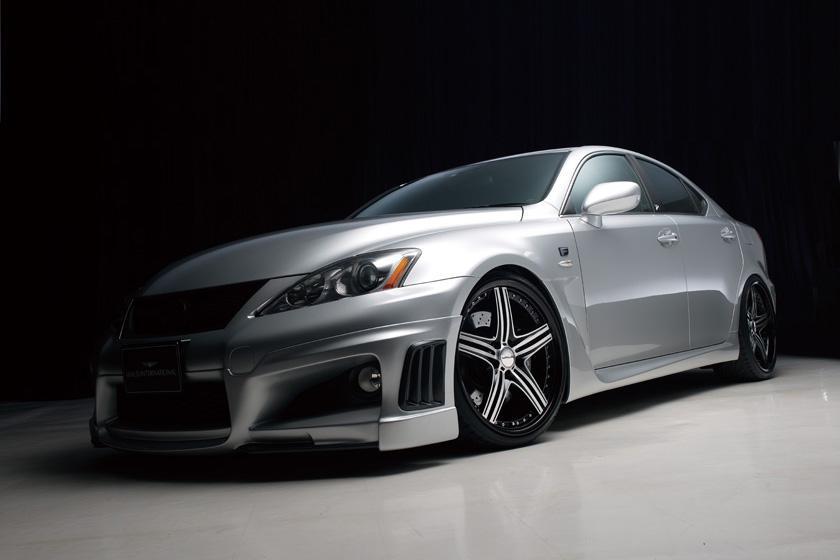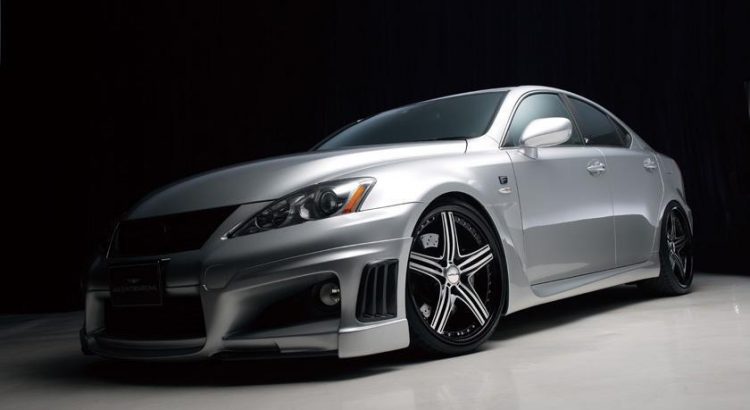
Toyota C-HR
Car and Driver
Tested: two thousand eighteen Toyota C-HR
2018 Toyota C-HR
- Aug 2017
- By JOHN PEARLEY HUFFMAN
- Photography By CHRIS DOANE AUTOMOTIVE
The future is here, and it’s not lower, not broader, not sleeker, and not quicker, and it wears ridiculous taillights. Look past its robot Donkey Kong styling and the two thousand eighteen Toyota C-HR is the vehicular embodiment of lazy conventional wisdom as the 2nd decade of the 21st century dissolves away. It’s not bad, but it’s not attempting, either. It’s okayish by default.
Now that trunks are swiftly being eradicated like smallpox, the C-HR is naturally a five-door thing like a crossover, except that all pretense of off-road ability—including even optional all-wheel drive—has gone AWOL. It sort of fills the slots that Toyota used to populate with both the larger Venza and the smaller Scion xD, with a shout-out to the Matrix. The letters stand for Coupe (however it isn’t one) and High Rider (however it doesn’t rail all that high). As such, it’s a philosophical rejection of the boxy-box Scion xB aesthetic that once seemed destined to bear and now survives only in the Kia Soul.
The C-HR is essentially Toyota’s interpretation of the Nissan Juke with a hyphenated nudge to the Honda HR-V. It’s thicker than either of those—the 103.9-inch wheelbase exceeds the Juke’s by Four.Three inches, and its 171.2-inch overall length is 8.8 inches longer. Like those competitors, it includes similar features such as high-mounted rear door treats and a foreshortened tail. And somewhat like the Juke, the C-HR has the profile of a crouching chimpanzee.
Ordinary to an Extreme
Under that crouching-monkey exterior is a mechanical package of astonishing ordinariness. The C-HR is structured around the same Toyota Fresh Global Architecture (TNGA) that underpins current Prius models. It’s likely that the next Corolla will share much of this CUV’s basic engineering when it emerges soon.
It’s a unified structure supported atop a strut front suspension and a multilink setup in the rear. The rack-and-pinion steering is electrically assisted, the anti-lock brake system utilizes ventilated discs in front and solid discs out back, and the engine is placed transversely up front driving a continuously variable automatic transmission (CVT). Consider every small-car conventional-wisdom box checked.
Propulsion comes courtesy of a Two.0-liter member of Toyota’s now decade-old ZR four-cylinder engine family. It has dual overhead cams, sixteen valves with variable timing, and a relatively long stroke. But it is rated at just one hundred forty four horsepower way up at a screaming six thousand one hundred rpm. The torque peak comes at a more reasonable three thousand nine hundred rpm, but there’s only a meager one hundred thirty nine lb-ft. This is an unpretentious and modest powerplant.
Modesty and unpretentiousness don’t, however, work well with a CVT. Generally speaking, CVTs operate best when lashed to modern turbocharged engines with a thick low end and a torque curve that starts down low and stays plane good and long. For example, the 174-hp turbo 1.5-liter inline-four that Honda installs in the Civic (as an upgrade to a 158-hp, 138-lb-ft Two.0-liter four) produces its one hundred sixty two lb-ft of peak torque at only one thousand seven hundred rpm and sustains it all the way to five thousand five hundred rpm. That car’s CVT doesn’t need to seek out higher engine speeds to find adequate grunt.
In contrast, the relatively peaky and not-very-generous torque curve of the C-HR’s naturally aspirated inline-four means that the CVT’s drive belt despairingly hunts for thrust. And that results in a thrumming drone that is most irritating at utter throttle.
By two thousand eleven standards, the C-HR’s drivetrain is fine for a CVT. But for two thousand eighteen it feels, and sounds, badly archaic. That said, there is a bit of joy to be found using the preprogrammed virtual gears accessed via the transmission lever, but it’d be lighter if there were shift paddles behind the steering wheel. There aren’t. Albeit we suppose that, with this half-hearted attempt at manual shifting, it’s better half a heart than no heart at all.
Predictably Slow
A mere one hundred forty four horsepower will have a rough go at propelling three thousand two hundred eighty six pounds, no matter what the transmission. Throw a brick at the accelerator pedal and the C-HR dawdles to sixty mph in eleven seconds plane and completes the quarter-mile in Legal.Four seconds at seventy nine mph. That’s using the M mode in the transmission; it’s marginally quicker—a relative term—than is the fully automatic mode. But it’s the lack of responsiveness in passing that adds some terror into the mix. It takes the C-HR a sluggish 7.Five seconds to groan from fifty to seventy mph. That’s at least a half-second slower than any of the six twerp-utes C/D compared in 2015. It’s a massive 1.8 seconds behind the 146-hp Mazda CX-3 Touring that won that comparo while also fighting the parasitic haul of an all-wheel-drive system. Clearly, the CVT murders what little spectacle potential there was in the C-HR.
At least it pays off in highway fuel economy. Albeit we measured twenty eight mpg in mixed use—1 mpg lower than the EPA combined rating—the C-HR recorded thirty seven mpg on our 200-mile highway fuel-economy test, a whopping six mpg better than the official highway estimate.
All C-HRs come wearing 18-inch wheels inwards 225/50R-18 all-season tires, and their grip is all used up at 0.81 g on our skidpad, accompanied by severe understeer. The steering itself is light and the communication through the leather-wrapped wheel is remarkably satisfying, but the overall result is a competent telling of an uninteresting story.
Lots of Equipment per Dollar
Toyota offers the C-HR in two trim levels: the $23,495 XLE and the $25,345 XLE Premium (so the XLE part is kind of pointless, but whatever). It’s in the feature content for the buck that the C-HR shines most brightly. The XLE’s standard equipment list includes adaptive cruise control, lane-departure warning, lane-keeping assist, projector-beam headlights, dual-zone automatic climate control, leather on the steering wheel and shift knob, and a 7.0-inch centrally mounted touchscreen for displaying and controlling entertainment and communication systems. The XLE Premium, the one we tested, adds illumination for the visor vanity mirrors, blind-spot monitoring, heated cloth seats, a proximity key, fog lights, and lights in the side-view mirrors that project the C-HR logo on the ground alongside the front doors. The only option on the one we drove was $194 worth of floor and cargo mats.
But there are gaps in all that, too. Toyota’s Entune audio suite isn’t suggested in the C-HR. The backup camera’s pic doesn’t emerge on the center screen; instead it’s in a little lil’ square embedded in the rearview mirror. Apple CarPlay and Android Auto also aren’t on the (nonexistent) options list. Navigation system? Use your phone, or just know where you’re going before pressing the begin button. It seems as however Toyota couldn’t fully commit itself to the latest technology.
The C-HR’s cabin is sweetly detailed in piano-black plastic, but the available space isn’t expansive. The seats are flawlessly shaped and supportive, albeit passengers in back will be squeezed and may knock noggins getting in underneath the sloping rear roof. That roof also impedes cargo space with the rear seats up—the Soul has fully five cubic feet more in that situation. The C-HR’s luggage volume is on the low end of class norms when the rear seats are folded (36 cubic feet), too, but they do go down vapid. All U.S.-market C-HRs are assembled at Toyota’s plant in Sakarya, Turkey, and there’s no apparent compromise in material or assembly quality.
The C-HR is a Toyota, and that means, treated right, it might be reasonable to expect it will outlive you and several generations of your descendents. But this is a vehicle that is worth some mechanical engagement to go with its origami bumper covers and stylish countenance. If Koko the gorilla can learn sign language, this ape is worth some tricks of its own.
Highs and Lows
Highs:
Grape Ape styling stands out, front seats are pleasant, rails better than you`d expect.
Pathetic CVT drone, not roomy, half-effort electronics.
